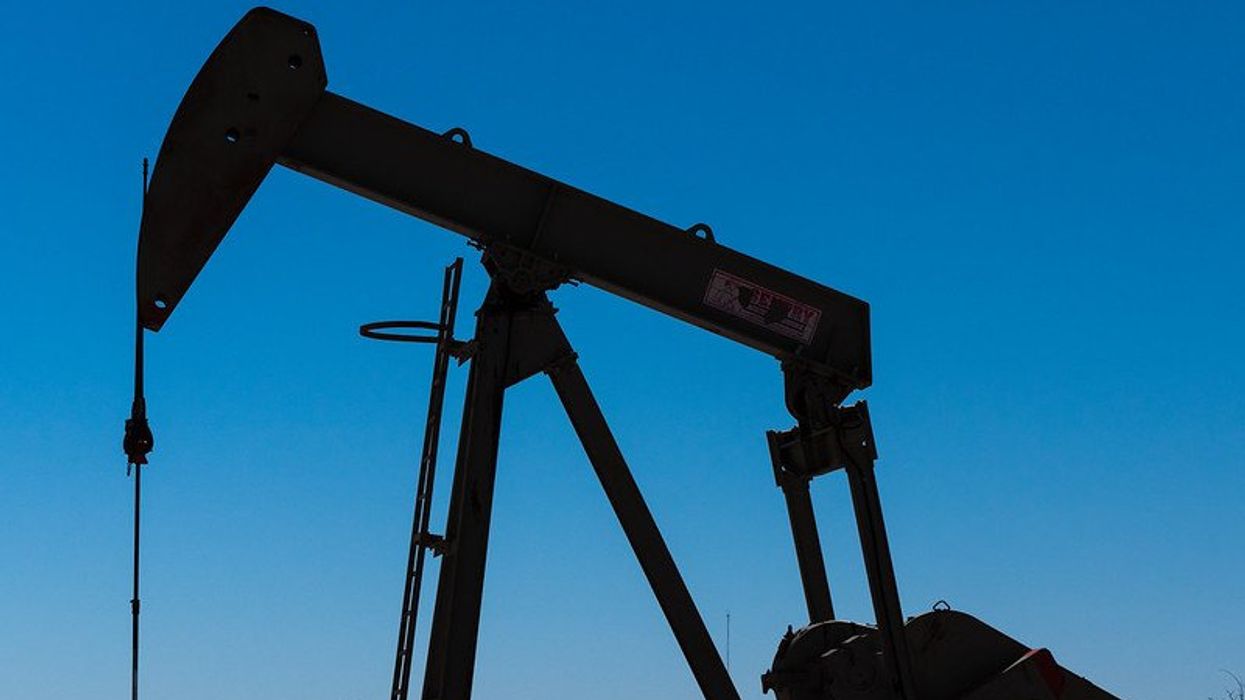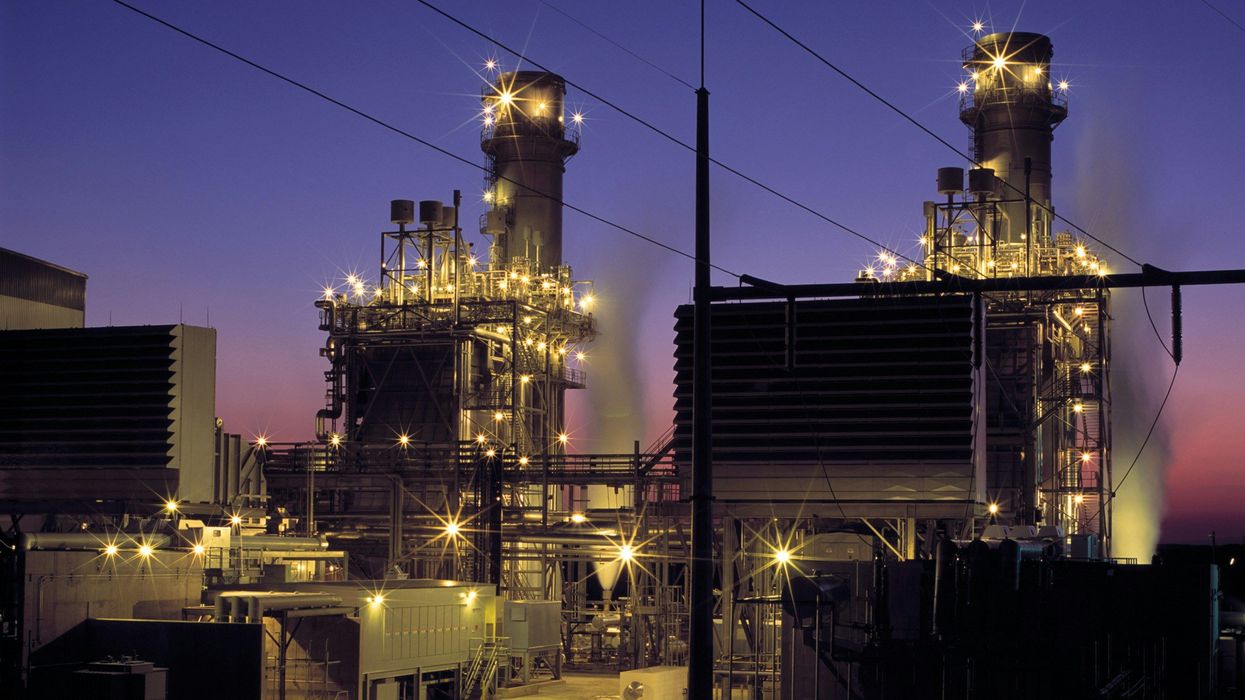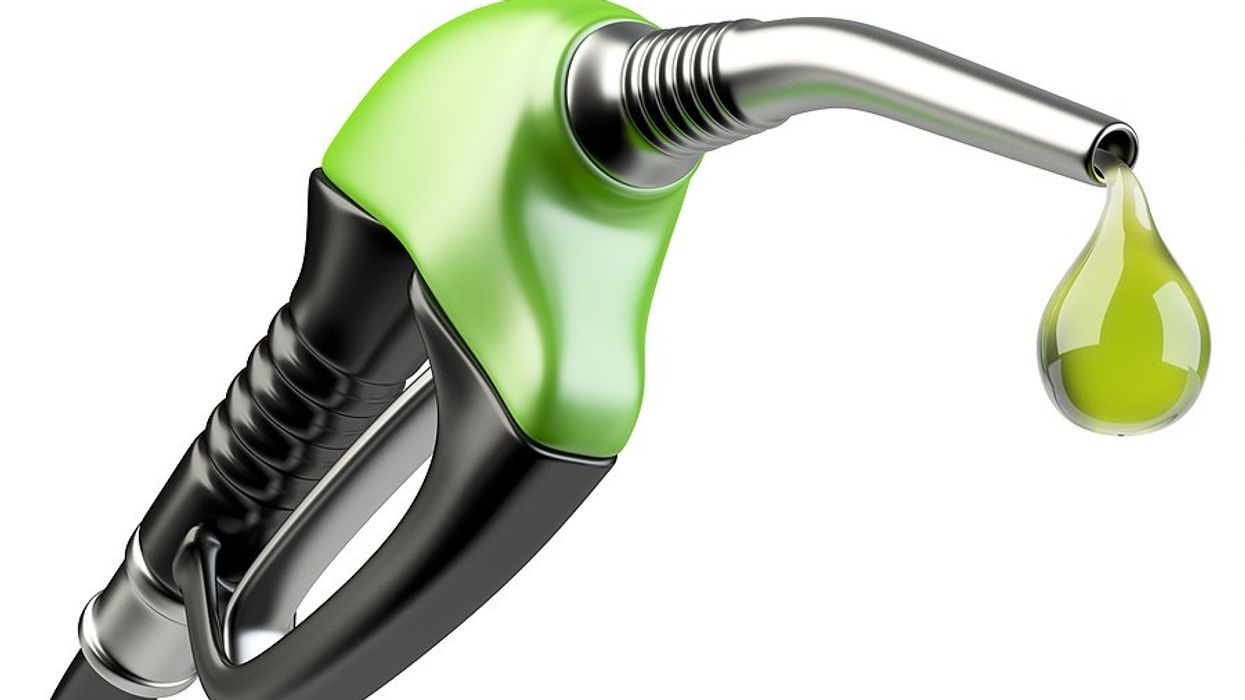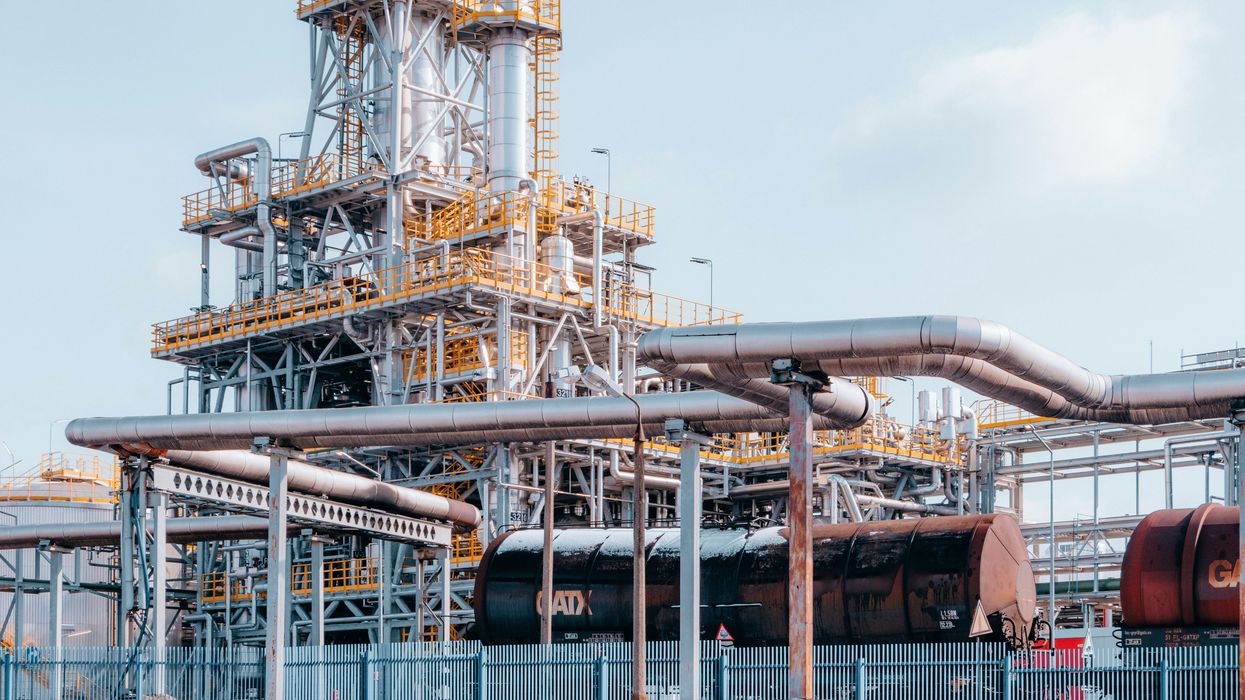Too often toxic coal ash, a byproduct of coal-fired power, ends up in poor, minority communities. U.S. civil rights officials are launching a deeper look at federal environmental policy to find out why.
Shining a light
The U.S. Commission on Civil Rights will hold a hearing next week on environmental justice and the Environmental Protection Agency. The focus is the impact of coal ash, a toxic waste product of burning coal that often contains harmful metals such as lead, mercury, chromium and cadmium.
Depending on exposure, such contaminants can cause cancer and harm most human organs, and kill or sicken wildlife. Coal ash is the second largest source of industrial waste in the country, after mining, according to a joint report from the nonprofit environment law organization, Earthjustice, and the Physicians for Social Responsibility.
The Commission intends "to shine a light on the civil rights implications of toxic coal ash, as well as other environmental conditions, on communities most in need of protection," said Commission Chairman Martin R. Castro in a statement.
Those planning to testify next Friday in Washington, D.C., at the hearing say minorities and poor people should no longer bear the burden of these dangerous pollutants.
"All kinds of health problems"
Esther Calhoun of Uniontown, Alabama, and president of Black Belt Citizens for Health & Justice, knows coal ash pollution all too well. The Arrowhead Landfill in Uniontown not only takes in the garbage from dozens of states, but also took in heaps of coal ash from the infamous ash spill in Kingston, Tennessee, in 2008.
"People in Uniontown have all kinds of health problems that they didn't have before," Calhoun intends to tell the committee, in remarks shared with EHN. "I am only 51 years old and I have neuropathy.
"The neurologist said that it may be caused by lead, and it is not going to get better."
She paints a picture of a broken system—calling out both Alabama environmental officials and the EPA for allowing Uniontown, a predominantly black community, to become a dumping ground for toxics without giving residents information about the hazards.
"No one thought that the members of this poor community would fight back or that anyone would listen to us," she says in her testimony.
Hidden costs
Uniontown is nearly 90 percent black with an average median household income 74 percent lower than the national average. The coal ash, three million cubic yards and counting, represented a windfall for a community where almost 50 percent live below the poverty line.
County commissioners, mostly black, saw an opportunity to improve the community's life: touting local jobs and the millions paid to the county from landfill operators.
But economic benefits come with social, health and environmental costs, and stories like these spurred the U.S. Commission on Civil Rights to investigate. Friday's hearing aims to find out what more can be done to prevent places like Uniontown from dealing with a disproportionate amount of the nation's coal ash.
There are about 200 sites nationwide where coal ash pollution has tainted air and water. The most recent disaster was in 2014 at Duke Energy's Dan River Steam Station in North Carolina where 39,000 tons of coal ash and 27 million gallons of wastewater gushed into the Dan River.
The EPA estimates at least 1.5 million people of color live in the catchment areas of coal ash surface impoundments at 277 power plants throughout the country, says Earthjustice attorney Lisa Evans in her planned testimony.
Catchment areas leave those nearby subject to leaks, discharges and spills, Evans warns.
No civil rights
Waste disposal rules for coal ash were unchanged for more than 30 years until Earthjustice filed a lawsuit in 2012 forcing the EPA's hand. The agency finalized new rules in December 2014 and began phasing them in last October—requiring ash ponds to monitor groundwater for harmful pollutants, bolster the ponds that hold the ash, and set limits on the levels of coal ash discharged into rivers.
While the rules will limit pollution and force some coal ash pond closures, Evans says the new rules fail to address the problem of environmental injustice.
Evans and colleagues are pushing the EPA to work directly with minority and lowincome communities to enforce the coal ash rules, test communities' drinking water, conduct health tests and bolster coal ash regulations.
The hearing's panel will include representatives both from the EPA and coal ash manufacturers.
"EPA has to reform the way it runs its Office of Civil Rights so that it actually works to protect communities like ours," Calhoun says.
"From my perspective, there's really no civil rights enforcement protecting our community from bearing the burden of environmental pollution."
Banner photo: Duke Energy/flickr

















